:format(webp)/https://www.thestar.com/content/dam/thestar/politics/2022/11/29/a-look-at-some-of-the-species-at-risk-in-canada/2022112919114-63869e249e60507a15649321jpeg.jpg) OTTAWA – The Wild Species 2020 report released Tuesday identifies more than 5,000 species that are extinct or at risk of going extinct in Canada. That included 18 species whose ranking is considered genuinely more at risk in 2020 than in 2015. Of those, seven are now considered to be vulnerable or imperilled. Here’s a quick look at them: The Black Ash tree — A tree native to Eastern Canada and the northeastern United States, the Black Ash tree has been decimated by the Emerald Ash Borer. In 2015, the Wild Species report ranked it as totally secure. By 2020, so many trees had died it is now considered to be imperilled. Western green hairstreak — A butterfly native to western Canada and the western United States, increased threats and an observed decline in numbers between 2015 and 2020 changed its status from vulnerable to imperilled.
OTTAWA – The Wild Species 2020 report released Tuesday identifies more than 5,000 species that are extinct or at risk of going extinct in Canada. That included 18 species whose ranking is considered genuinely more at risk in 2020 than in 2015. Of those, seven are now considered to be vulnerable or imperilled. Here’s a quick look at them: The Black Ash tree — A tree native to Eastern Canada and the northeastern United States, the Black Ash tree has been decimated by the Emerald Ash Borer. In 2015, the Wild Species report ranked it as totally secure. By 2020, so many trees had died it is now considered to be imperilled. Western green hairstreak — A butterfly native to western Canada and the western United States, increased threats and an observed decline in numbers between 2015 and 2020 changed its status from vulnerable to imperilled.
Additional coverage in a press release by Environment and Climate Change Canada: Government of Canada collaborates with provinces and territories to provide the most complete overview of Canada’s biodiversity to date

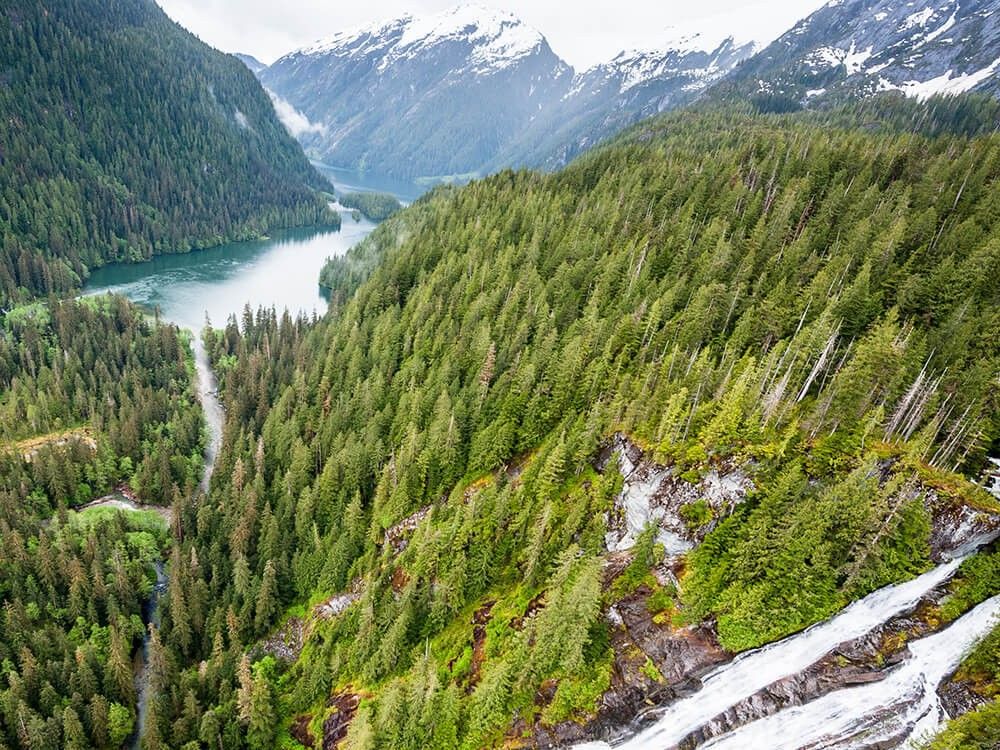
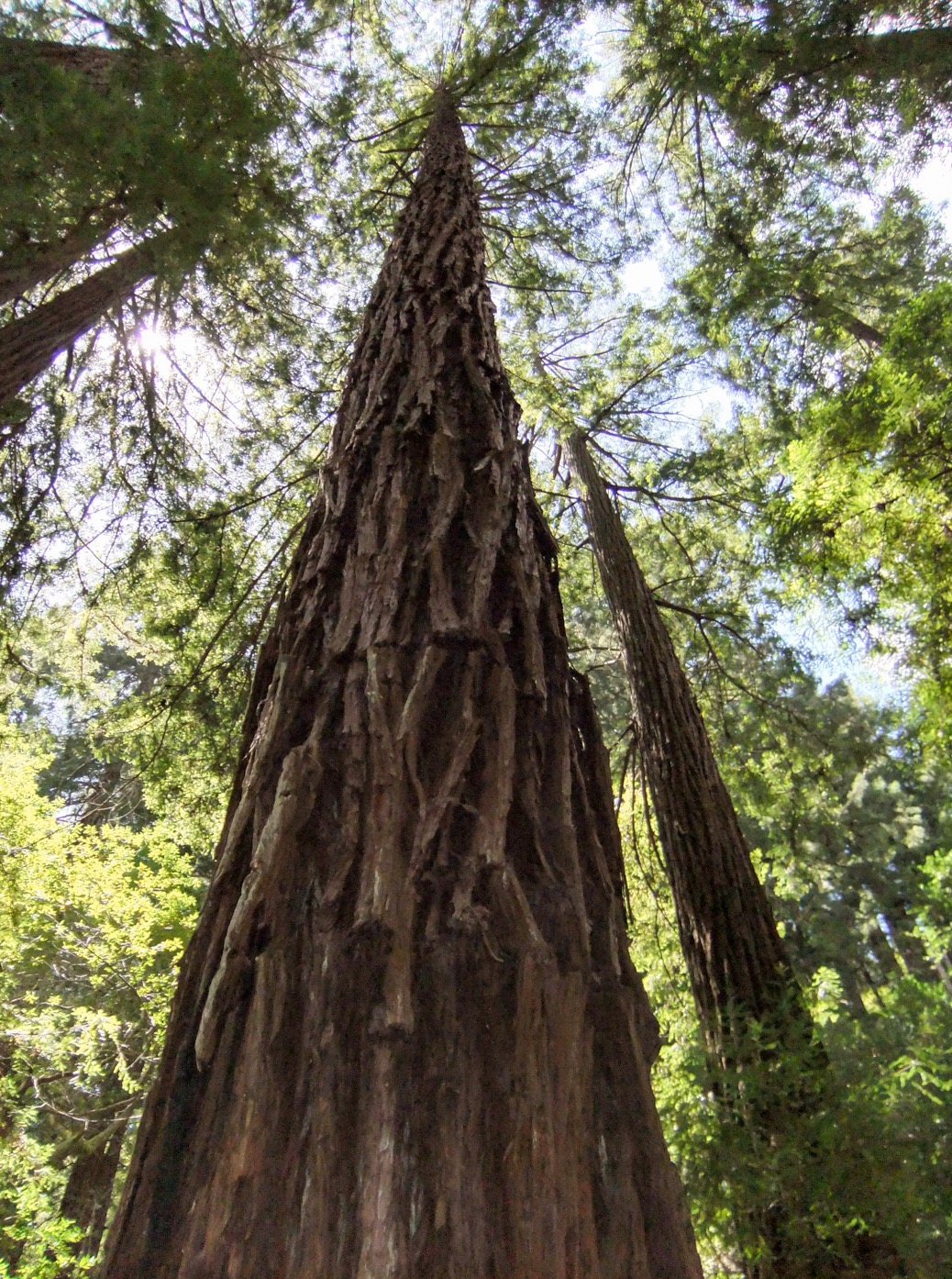 North Cowichan has released a Discussion Guide designed to better inform citizens participating in round two of the public engagement on future management of the 5,000-hectare Municipal Forest Reserve. While the document, prepared by Lees & Associates, provides some useful information on potential management scenarios, it is also noteworthy for what it does not contain. …there is only one reference to clearcutting, based on the results of the first round of public consultation: “Many community members expressed concern about harvesting practices, particularly the impact of clearcutting. Some respondents feel that cut blocks negatively impact views on the mountains, recreational experiences, and the ecological health of the forest.” …There’s also no mention of a report — deep-sixed by the municipality — that estimates 141 species at risk. Habitat loss including from logging and development are largely to blame. Perhaps most incredible of all is the absence of any reference to our coastal Douglas-fir forest…
North Cowichan has released a Discussion Guide designed to better inform citizens participating in round two of the public engagement on future management of the 5,000-hectare Municipal Forest Reserve. While the document, prepared by Lees & Associates, provides some useful information on potential management scenarios, it is also noteworthy for what it does not contain. …there is only one reference to clearcutting, based on the results of the first round of public consultation: “Many community members expressed concern about harvesting practices, particularly the impact of clearcutting. Some respondents feel that cut blocks negatively impact views on the mountains, recreational experiences, and the ecological health of the forest.” …There’s also no mention of a report — deep-sixed by the municipality — that estimates 141 species at risk. Habitat loss including from logging and development are largely to blame. Perhaps most incredible of all is the absence of any reference to our coastal Douglas-fir forest…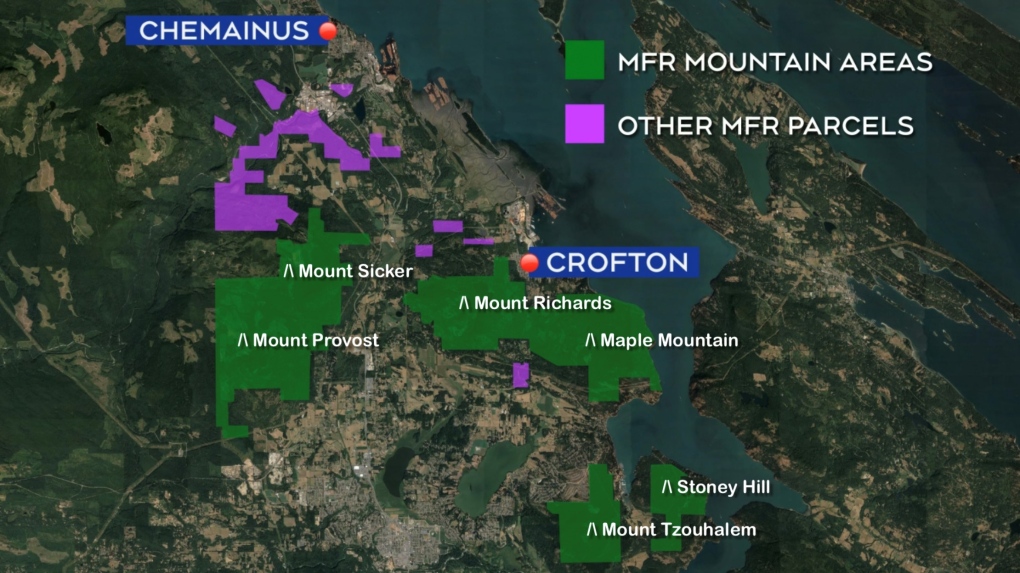
 We are recruiting a new Chair for our Board and hope to have someone in place early in 2023. In the meantime, we continue to carry out our work auditing and investigating forest and range practices, and identifying opportunities for improvement to legislation and practices. …the Board embarked on a new strategic planning process this fall. We are proceeding with background preparation work and will involve the new Chair in plan development in early 2023. …So far this year we received five complaints and there are currently seven ongoing complaint investigations. …The Board has approved a new special project that will examine forestry activities in the wildland urban interface to determine if this work is helping or hindering ongoing efforts to reduce the risk of wildfire around communities. In this issue:
We are recruiting a new Chair for our Board and hope to have someone in place early in 2023. In the meantime, we continue to carry out our work auditing and investigating forest and range practices, and identifying opportunities for improvement to legislation and practices. …the Board embarked on a new strategic planning process this fall. We are proceeding with background preparation work and will involve the new Chair in plan development in early 2023. …So far this year we received five complaints and there are currently seven ongoing complaint investigations. …The Board has approved a new special project that will examine forestry activities in the wildland urban interface to determine if this work is helping or hindering ongoing efforts to reduce the risk of wildfire around communities. In this issue: 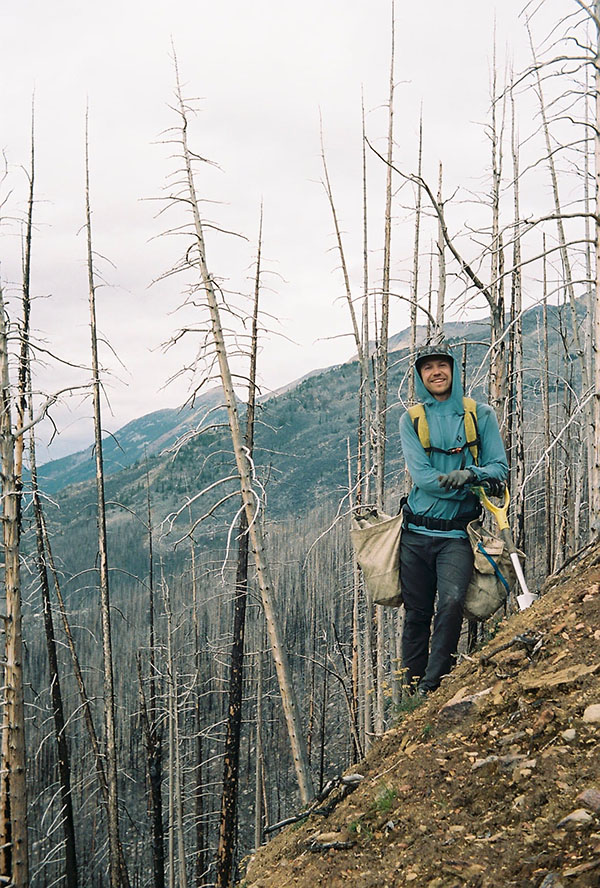

 Work is underway to enhance forest resilience to protect against the effects of wildfire and climate change in the Cariboo, Northeastern BC, South Coast, Thompson Okanagan and Kootenay-Boundary region. The Forest Enhancement Society of BC (FESBC) is investing in 12 new wildfire risk reduction projects, including
Work is underway to enhance forest resilience to protect against the effects of wildfire and climate change in the Cariboo, Northeastern BC, South Coast, Thompson Okanagan and Kootenay-Boundary region. The Forest Enhancement Society of BC (FESBC) is investing in 12 new wildfire risk reduction projects, including 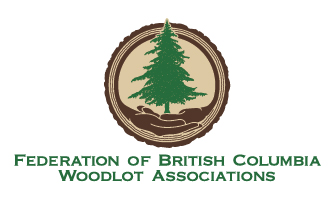 Cliff Manning of Guyishton Woodlot Ltd. is being recognized by the Province of B.C. with a Minister’s Award for Innovation and Excellence in Woodlot Management for the North Area. “Woodlot licensees make an important contribution to advancing forest management practices around our province,” said Katrine Conroy, Minister of Forests. “Congratulations to the Guyishton Woodlot for its achievement as we celebrate the importance of innovation in promoting the full value of our forests.” …Manning, the operator of Guyishton Woodlot Licence, has exceeded wildfire-prevention obligations in the management of his woodlot. To mitigate wildfire risk, Manning took on several projects, including using an excavator to rake up debris for removal, working toward a modified stocking standard to reduce spacing between new trees, and increasing the number of deciduous trees in the woodlot.
Cliff Manning of Guyishton Woodlot Ltd. is being recognized by the Province of B.C. with a Minister’s Award for Innovation and Excellence in Woodlot Management for the North Area. “Woodlot licensees make an important contribution to advancing forest management practices around our province,” said Katrine Conroy, Minister of Forests. “Congratulations to the Guyishton Woodlot for its achievement as we celebrate the importance of innovation in promoting the full value of our forests.” …Manning, the operator of Guyishton Woodlot Licence, has exceeded wildfire-prevention obligations in the management of his woodlot. To mitigate wildfire risk, Manning took on several projects, including using an excavator to rake up debris for removal, working toward a modified stocking standard to reduce spacing between new trees, and increasing the number of deciduous trees in the woodlot.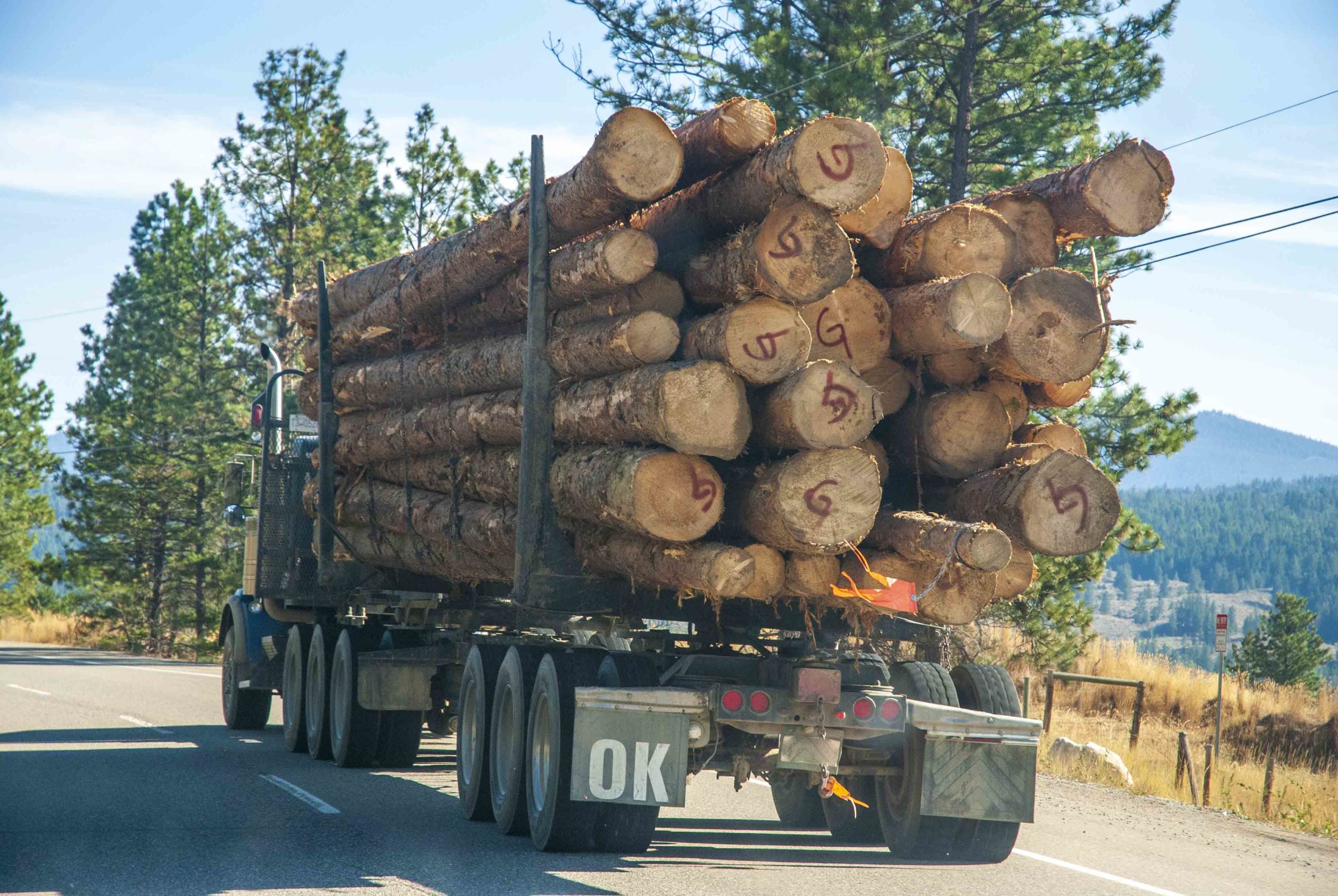 Eight eligible British Columbians will receive skills training to prepare them for employment as professional logging truck drivers in the North Okanagan and Shuswap area. The Ministry of Social Development and Poverty Reduction’s Community and Employer Partnerships project focuses on providing occupational training and work experience for Indigenous people and youth. “This project is empowering Indigenous people and youth by giving them new job opportunities in the professional logging sector,” said Nicholas Simons, Minister of Social Development and Poverty Reduction. “Participants who graduate from the program will receive the skills they need to find rewarding careers as professional logging truck drivers in the North Okanagan and Shuswap area.” The Province is providing more than $350,000 to Okanagan College in Vernon to deliver its professional industry driver training program.
Eight eligible British Columbians will receive skills training to prepare them for employment as professional logging truck drivers in the North Okanagan and Shuswap area. The Ministry of Social Development and Poverty Reduction’s Community and Employer Partnerships project focuses on providing occupational training and work experience for Indigenous people and youth. “This project is empowering Indigenous people and youth by giving them new job opportunities in the professional logging sector,” said Nicholas Simons, Minister of Social Development and Poverty Reduction. “Participants who graduate from the program will receive the skills they need to find rewarding careers as professional logging truck drivers in the North Okanagan and Shuswap area.” The Province is providing more than $350,000 to Okanagan College in Vernon to deliver its professional industry driver training program.
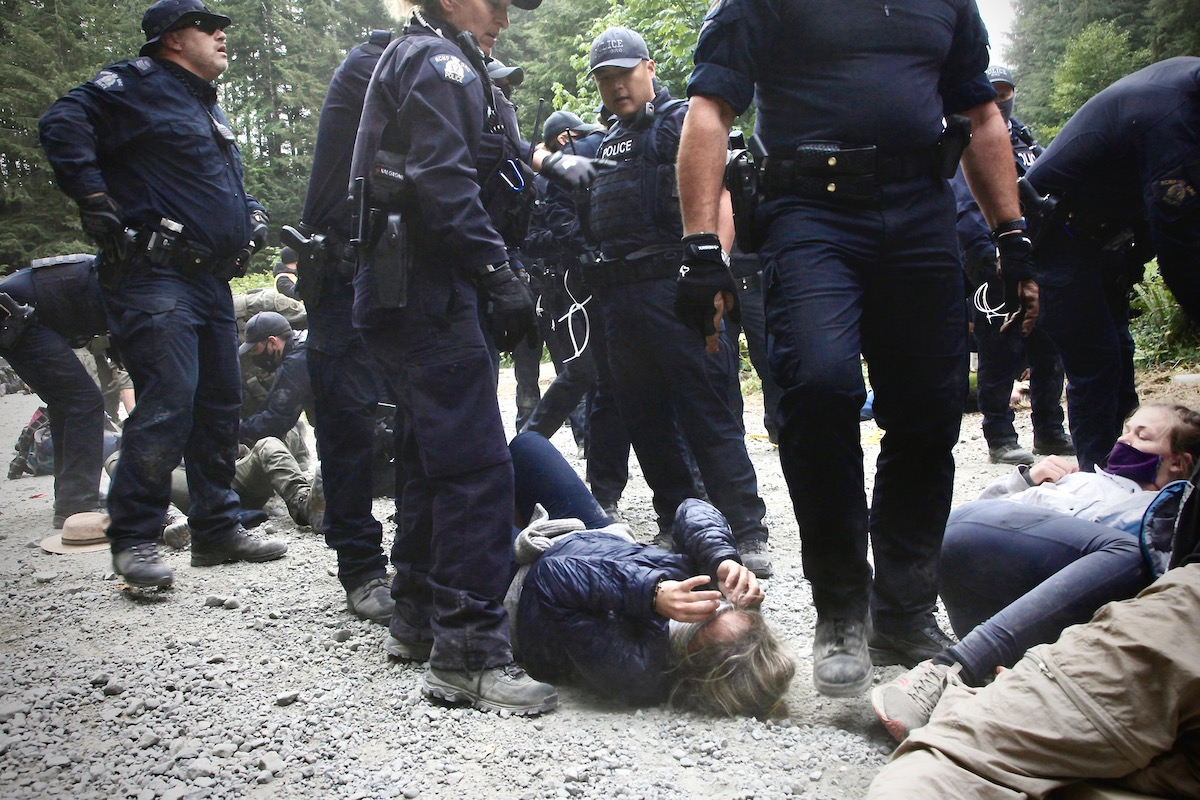
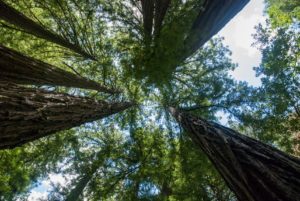 The laundry list of ways the B.C. government has stepped in to protect the imperilled Columbia North caribou herd reads like something from a James Bond script: helicopters, tranquilizers, high-powered rifles and high-stakes captures. …But even with these costly and elaborate recovery efforts underway, the B.C. Ministry of Forests continues to consider and approve industrial logging proposals in the Columbia North herd’s critical habitat — habitat the federal government deems necessary for the endangered herd’s recovery and survival. …The conservation group Wildsight is once again sounding the alarm about potential clear-cutting and road-building in critical habitat for the Columbia North herd. …Fernando Cocciolo, a forest manager for Pacific Woodtech Canada, said the company has deferred logging of “planned old forest blocks in our portion of Upper Seymour until [the] government’s old-growth review process is completed.”
The laundry list of ways the B.C. government has stepped in to protect the imperilled Columbia North caribou herd reads like something from a James Bond script: helicopters, tranquilizers, high-powered rifles and high-stakes captures. …But even with these costly and elaborate recovery efforts underway, the B.C. Ministry of Forests continues to consider and approve industrial logging proposals in the Columbia North herd’s critical habitat — habitat the federal government deems necessary for the endangered herd’s recovery and survival. …The conservation group Wildsight is once again sounding the alarm about potential clear-cutting and road-building in critical habitat for the Columbia North herd. …Fernando Cocciolo, a forest manager for Pacific Woodtech Canada, said the company has deferred logging of “planned old forest blocks in our portion of Upper Seymour until [the] government’s old-growth review process is completed.” 
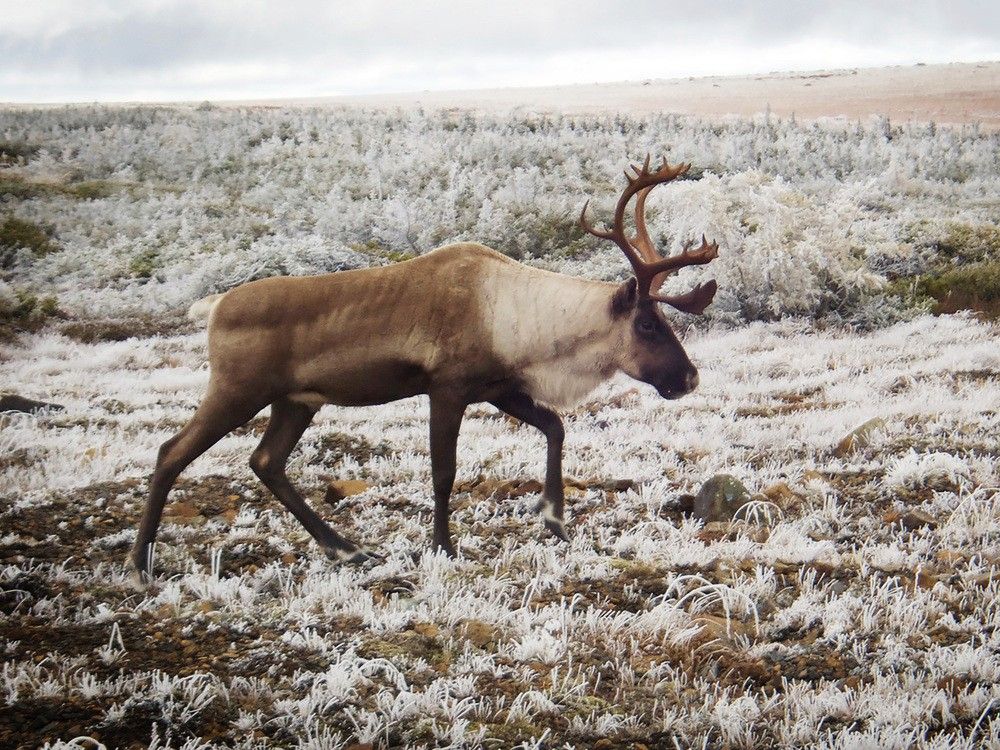




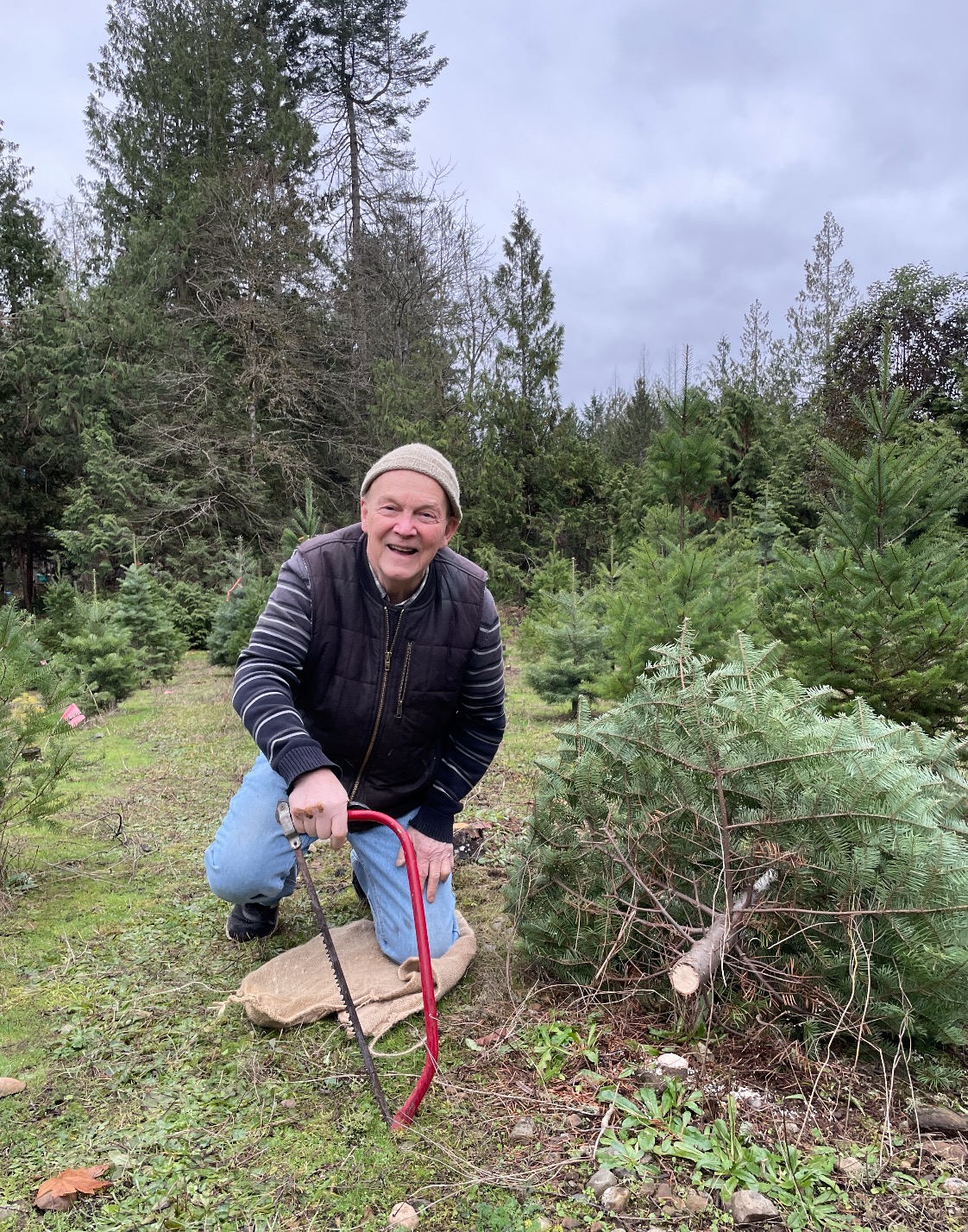 …But consumers are becoming more climate-conscious, and considering which Christmas tree has the lowest impact on our planet has become a vital part of the holiday decision. …The American Christmas Tree Association, a nonprofit that represents artificial tree manufacturers, commissioned … a study in 2018 that found the environmental impact of an artificial tree is better than a real tree if you use the fake tree for at least five years. …Doug Hundley, spokesperson for the National Christmas Tree Association, which advocates for real trees, says the act of cutting down Christmas trees from a farm is balanced out when farmers immediately plant more seedlings to replace them. …The end of life for an artificial tree is much different. Weighing the complicated climate pros and cons, real Christmas trees have the edge. But if you choose to deck your halls artificially, get a tree you’re going to love and reuse for many years.
…But consumers are becoming more climate-conscious, and considering which Christmas tree has the lowest impact on our planet has become a vital part of the holiday decision. …The American Christmas Tree Association, a nonprofit that represents artificial tree manufacturers, commissioned … a study in 2018 that found the environmental impact of an artificial tree is better than a real tree if you use the fake tree for at least five years. …Doug Hundley, spokesperson for the National Christmas Tree Association, which advocates for real trees, says the act of cutting down Christmas trees from a farm is balanced out when farmers immediately plant more seedlings to replace them. …The end of life for an artificial tree is much different. Weighing the complicated climate pros and cons, real Christmas trees have the edge. But if you choose to deck your halls artificially, get a tree you’re going to love and reuse for many years.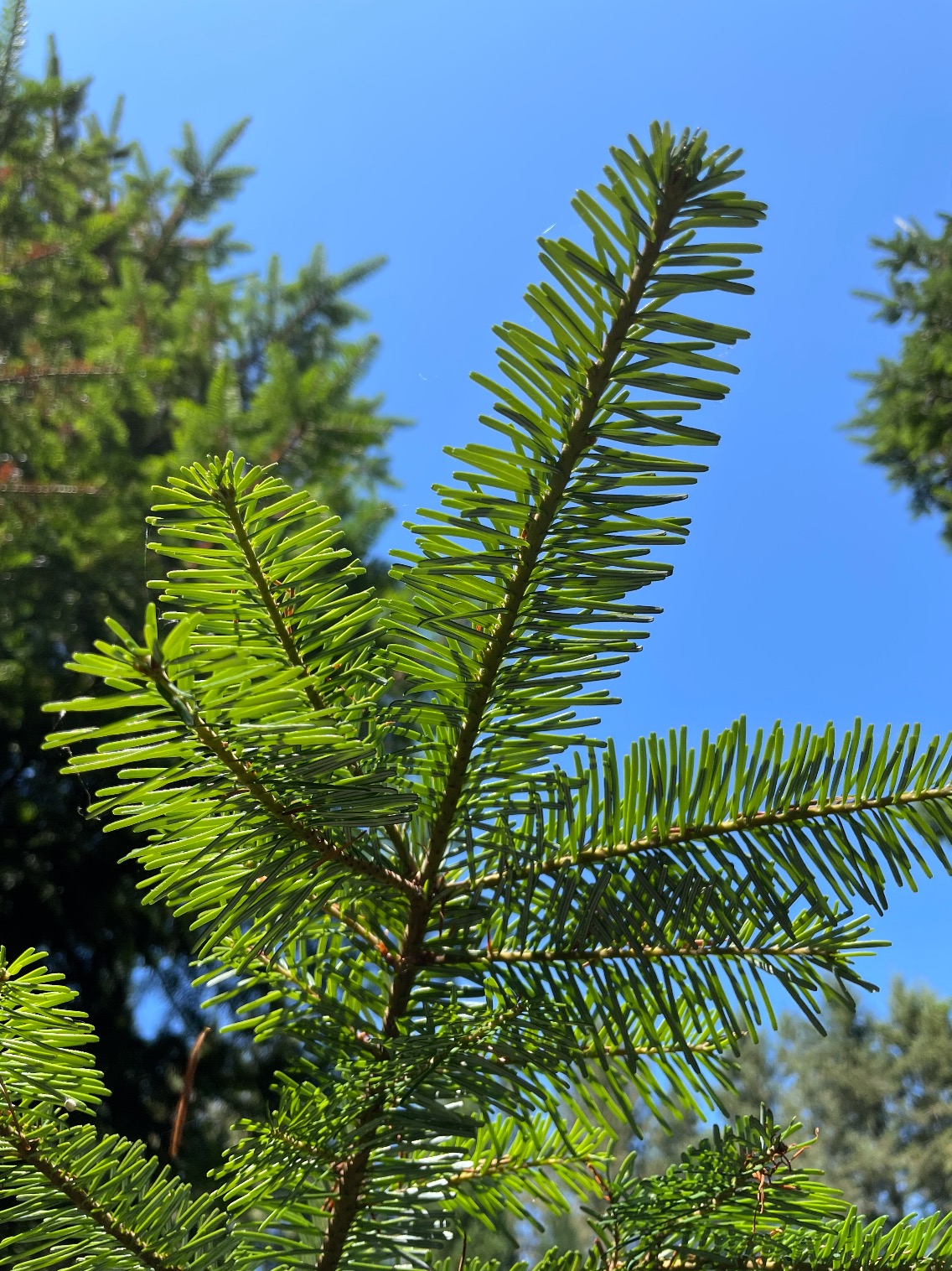 The Kootenai National Forest proposes a massive logging project in Northwest Montana known as the Black Ram “Vegetation” treatment. The Black Ram project area includes Northwest Yaak from the Canadian border west to the Idaho border, south to the ridge line between Pete Creek, and east to the Yaak River. Note the use of the euphemism “treatment” for logging. The agency always sees the forest as sick and needing a healthy dose of chainsaw medicine. They assert that they want to improve resilience and resistance to insects, disease, and fire. However, notwithstanding insects, disease, and fire maintain healthy forest ecosystems, the Forest Service Industrial Forestry paradigm sees these natural agents as something to eliminate or reduce. Chainsaw medicine is like the magic elixir the old-time snake oil salesman used to promote. Chainsaw medicine cures everything and many things that don’t need fixing.
The Kootenai National Forest proposes a massive logging project in Northwest Montana known as the Black Ram “Vegetation” treatment. The Black Ram project area includes Northwest Yaak from the Canadian border west to the Idaho border, south to the ridge line between Pete Creek, and east to the Yaak River. Note the use of the euphemism “treatment” for logging. The agency always sees the forest as sick and needing a healthy dose of chainsaw medicine. They assert that they want to improve resilience and resistance to insects, disease, and fire. However, notwithstanding insects, disease, and fire maintain healthy forest ecosystems, the Forest Service Industrial Forestry paradigm sees these natural agents as something to eliminate or reduce. Chainsaw medicine is like the magic elixir the old-time snake oil salesman used to promote. Chainsaw medicine cures everything and many things that don’t need fixing.

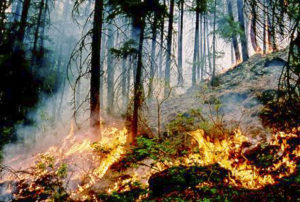 WASHINGTON — Scientists discovered one type of treatment is key to forest resiliency: prescribed burns. They also said forest managers can harness wildfire to do the work of prescribed burns for them. Researchers are looking closely at the Schneider Springs fire, the largest wildfire in Washington in 2021.The Schneider Springs fire provided examples of the benefits of prescribed burns and other fire treatments. …A year after the Schneider Springs fire burned 107,322 acres, the largest fire in Washington in 2021, land managers have studied various forest treatments in the burn path. Scientists have discovered one thing is key to forest resiliency: prescribed burns. Any fuel treatments, such as commercial or non-commercial forest thinning, will help fires burn less severely, said Derek Churchill, a forest health scientist with the Washington Department of Natural Resources.
WASHINGTON — Scientists discovered one type of treatment is key to forest resiliency: prescribed burns. They also said forest managers can harness wildfire to do the work of prescribed burns for them. Researchers are looking closely at the Schneider Springs fire, the largest wildfire in Washington in 2021.The Schneider Springs fire provided examples of the benefits of prescribed burns and other fire treatments. …A year after the Schneider Springs fire burned 107,322 acres, the largest fire in Washington in 2021, land managers have studied various forest treatments in the burn path. Scientists have discovered one thing is key to forest resiliency: prescribed burns. Any fuel treatments, such as commercial or non-commercial forest thinning, will help fires burn less severely, said Derek Churchill, a forest health scientist with the Washington Department of Natural Resources.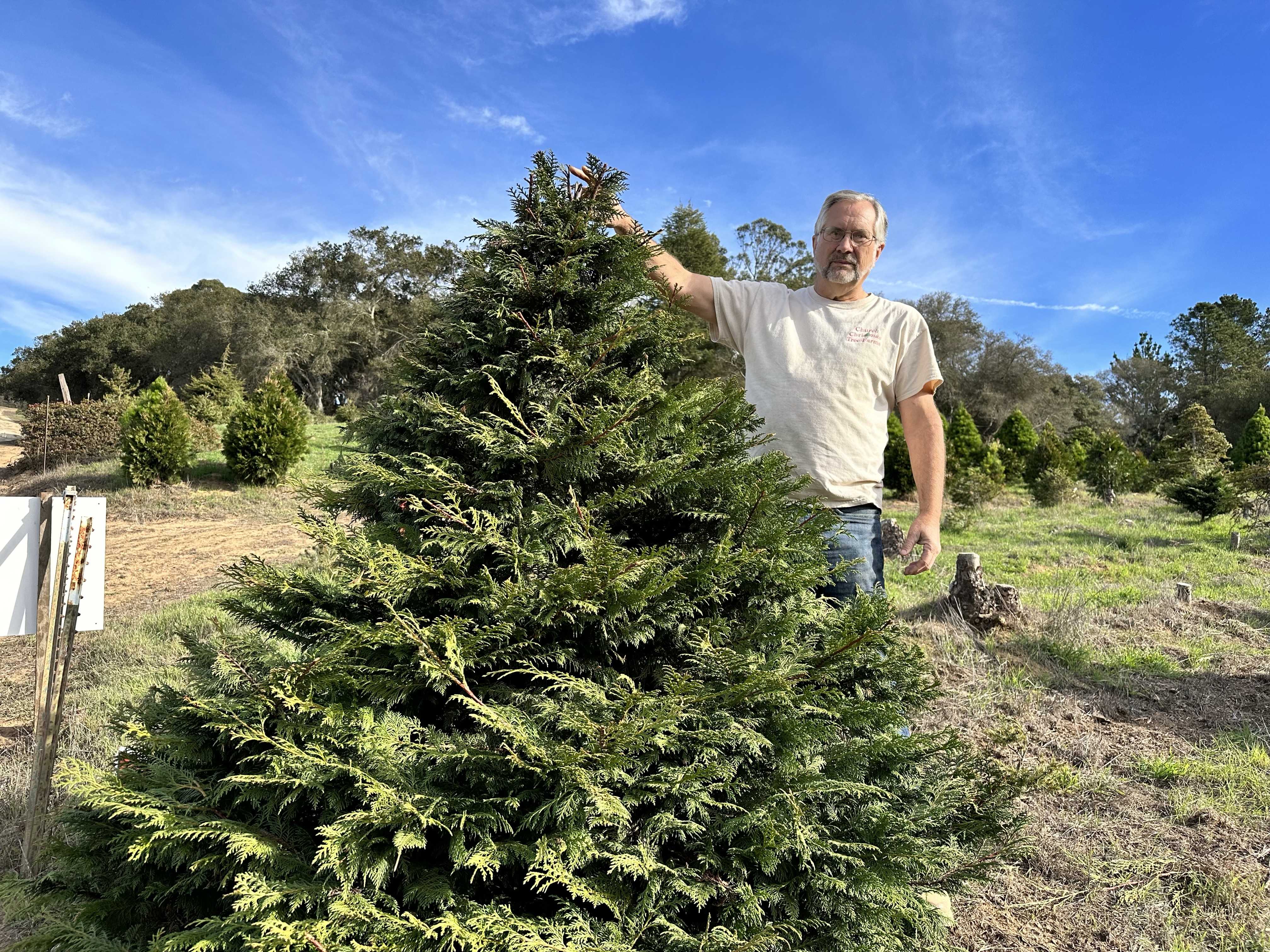
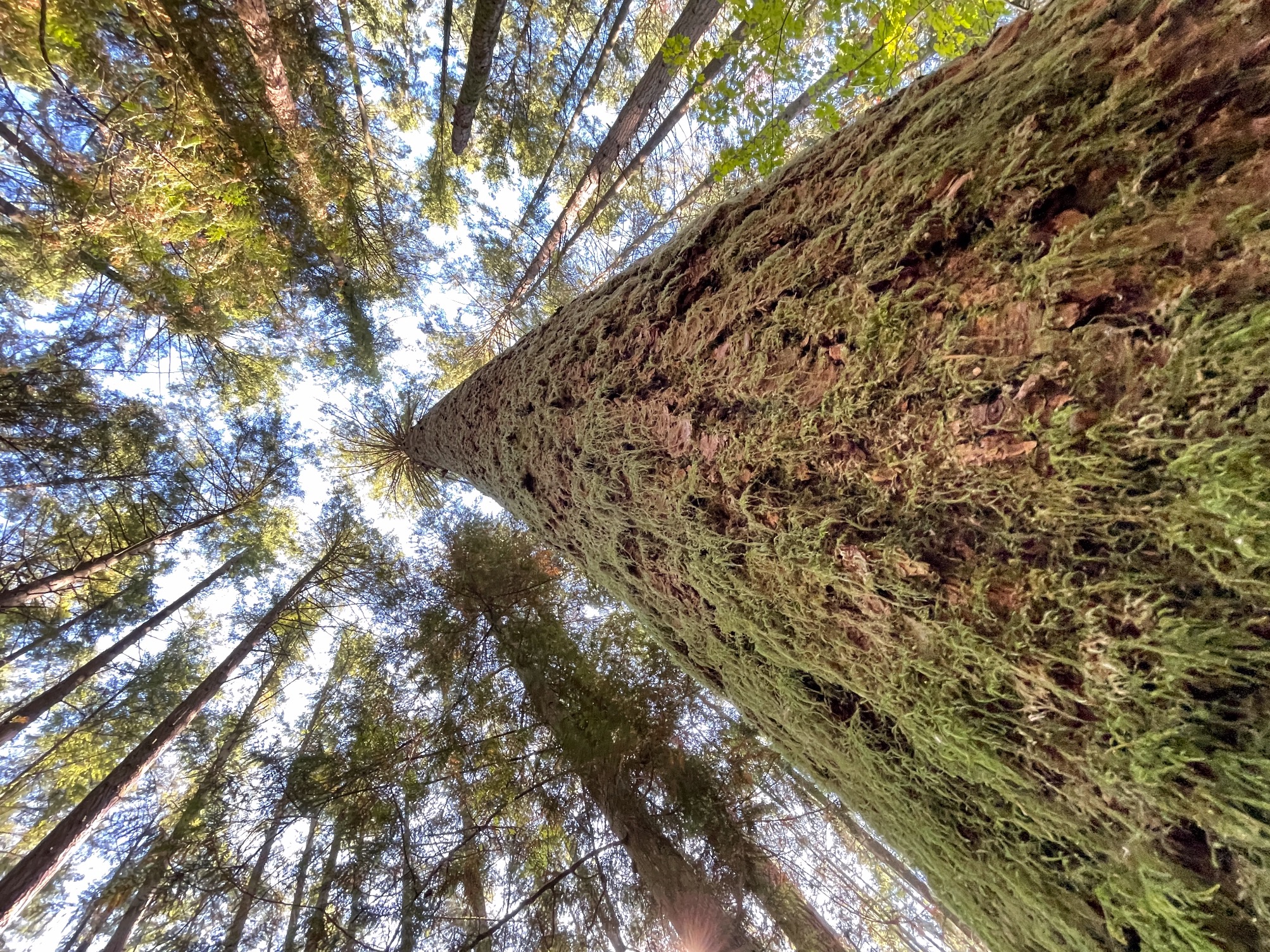 Fir trees in Oregon and Washington died in record-breaking numbers in 2022, according to as-yet unpublished research conducted by the U.S. Forest Service. Called “Firmageddon” by researchers, the “significant and disturbing” mortality event is the largest die-off ever recorded for fir trees in the two states. In total, the Forest Service observed fir die-offs occurring on more than 1.23 million acres (over 1,900 square miles) in Oregon and Washington. Oregon, however, was the hardest hit. The Forest Service observed dead firs on roughly 1.1 million acres (over 1,700 square miles) of forest in Oregon alone. This year’s numbers for the state are nearly double the acres recorded during previous die-offs. …Firmageddon appears to be due to a combination of drought coupled with insects and fungal diseases working together to weaken and kill trees. …That drought is very likely weakening fir trees and making them susceptible to infections isn’t surprising.
Fir trees in Oregon and Washington died in record-breaking numbers in 2022, according to as-yet unpublished research conducted by the U.S. Forest Service. Called “Firmageddon” by researchers, the “significant and disturbing” mortality event is the largest die-off ever recorded for fir trees in the two states. In total, the Forest Service observed fir die-offs occurring on more than 1.23 million acres (over 1,900 square miles) in Oregon and Washington. Oregon, however, was the hardest hit. The Forest Service observed dead firs on roughly 1.1 million acres (over 1,700 square miles) of forest in Oregon alone. This year’s numbers for the state are nearly double the acres recorded during previous die-offs. …Firmageddon appears to be due to a combination of drought coupled with insects and fungal diseases working together to weaken and kill trees. …That drought is very likely weakening fir trees and making them susceptible to infections isn’t surprising.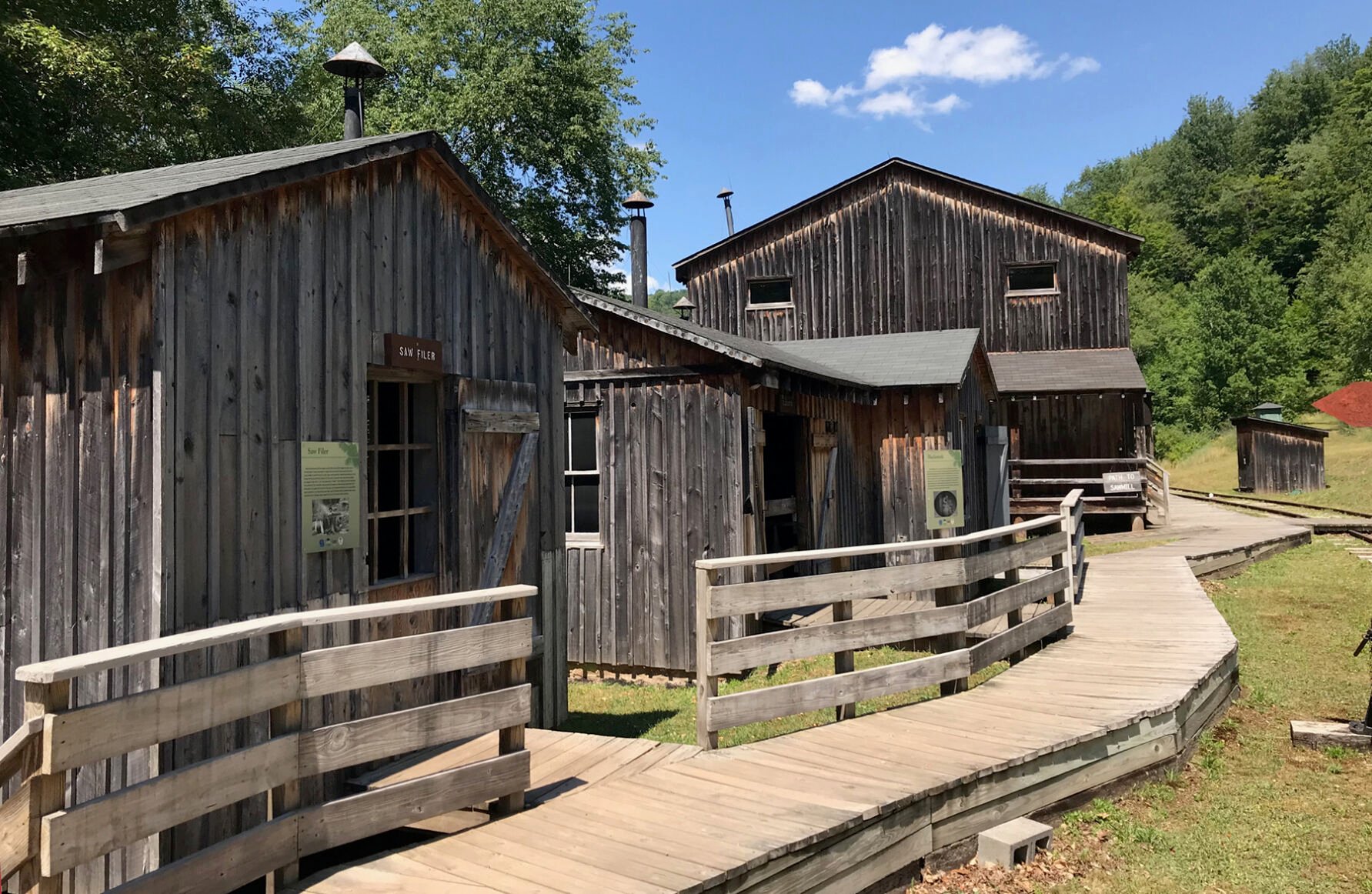






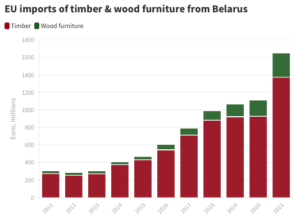 UK — London-based environmental group Earthsight alleges that some of Europe’s largest furniture retail chains are linked to the forced labour and torture of political prisoners in Belarus, as well as the destruction of some of Europe’s last primeval forests. Earthsight’s new report,
UK — London-based environmental group Earthsight alleges that some of Europe’s largest furniture retail chains are linked to the forced labour and torture of political prisoners in Belarus, as well as the destruction of some of Europe’s last primeval forests. Earthsight’s new report, 